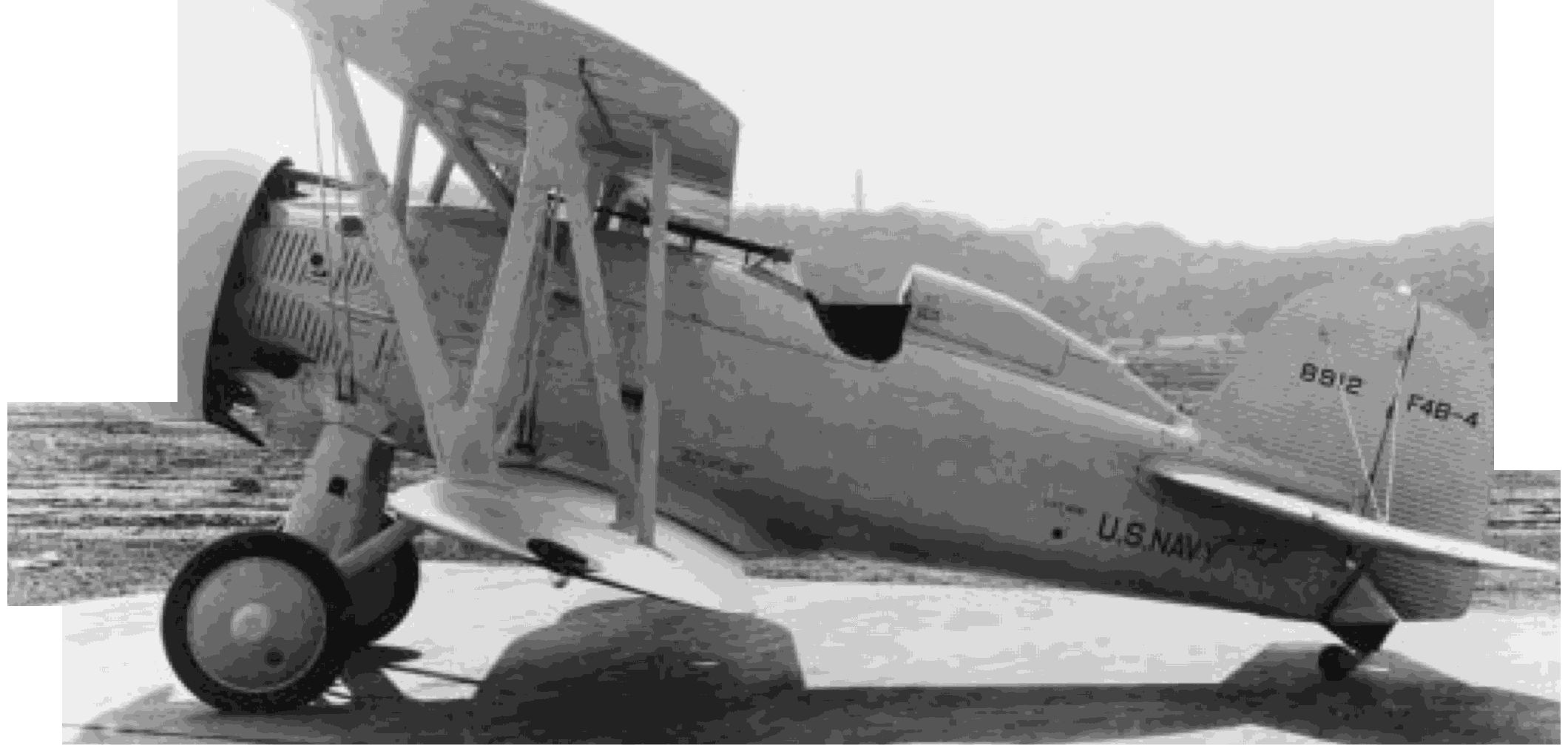
1933-Contin
ued
-. .
UNITED STATES NAVAL AVIATION
1910-1995
85
. -
.; -
The
Boeing F4B-4
cmrier
fighter of the 1930s 462618
distance of 776 miles, and their 51 hours in the air set
new world records for duration in three categories of
volume.
7-8 September
Six Consolidated P2Y-l flying boats
of Patrol Squadron SF, under the command of
Lieutenant Commander Herman E. Halland, flew non-
stop from Norfolk, Va., to Coco Solo, C.Z., making a
record distance formation flight of 2,059 miles in 25
hours 19 minutes.
12 October
The rigid airship
Macon
(ZRS-5) depart-
ed NAS Lakehurst, N.J., bound for her new home on
the west coast at NAS Sunnyvale, Calif. Following the
Atlantic coast down to Macon, Ga., and then westward
over the southern route to the west coast, the airship
arrived at Sunnyvale in the afternoon of the 15th, com-
pleting the 2,500 mile nonstop flight in approximately
70 hours.
17 October
In an effort to prevent a shortage of
pilots as a result of the curtailment in training, addi-
tional instruction was authorized for specially recom-
mended student Naval Aviators, who had failed to
qualify on their first attempt or whose training had
been interrupted. In the next month, authorization of a
requalification course for Naval Aviators and Naval
Aviation Pilots, who had been on nonflying duty, was
directed toward the same end.
24 October
Development of anti-blackout equip-
ment was initiated with an authorization to the Naval
Aircraft Factory to develop and manufacture a special
abdominal belt in accord with specifications prepared
by Lieutenant Commander John
R.
Poppen, MC, for
use by pilots in dive bombing and other violent
maneuvers.
28 October
A contract was issued to Consolidated
for the XP3Y-l flying boat, marking the initiation of
Navy sponsored development of the PBY Catalina
series of flying boats.
17 November
The sum of $7,500,000 was allotted to
the Navy from funds provided under the National
Industrial Recovery Act of 16 June 1933, for the pro-
curement of new aircraft and equipment, thereby per-
mitting the Bureau of Aeronautics to maintain its
I,OOO-plane program, to equip operating aircraft with
modern navigation instruments and radios, and to
make other improvements in naval aircraft and their
accessories which were not possible under the annual
appropriation.
 |
9 |
 |